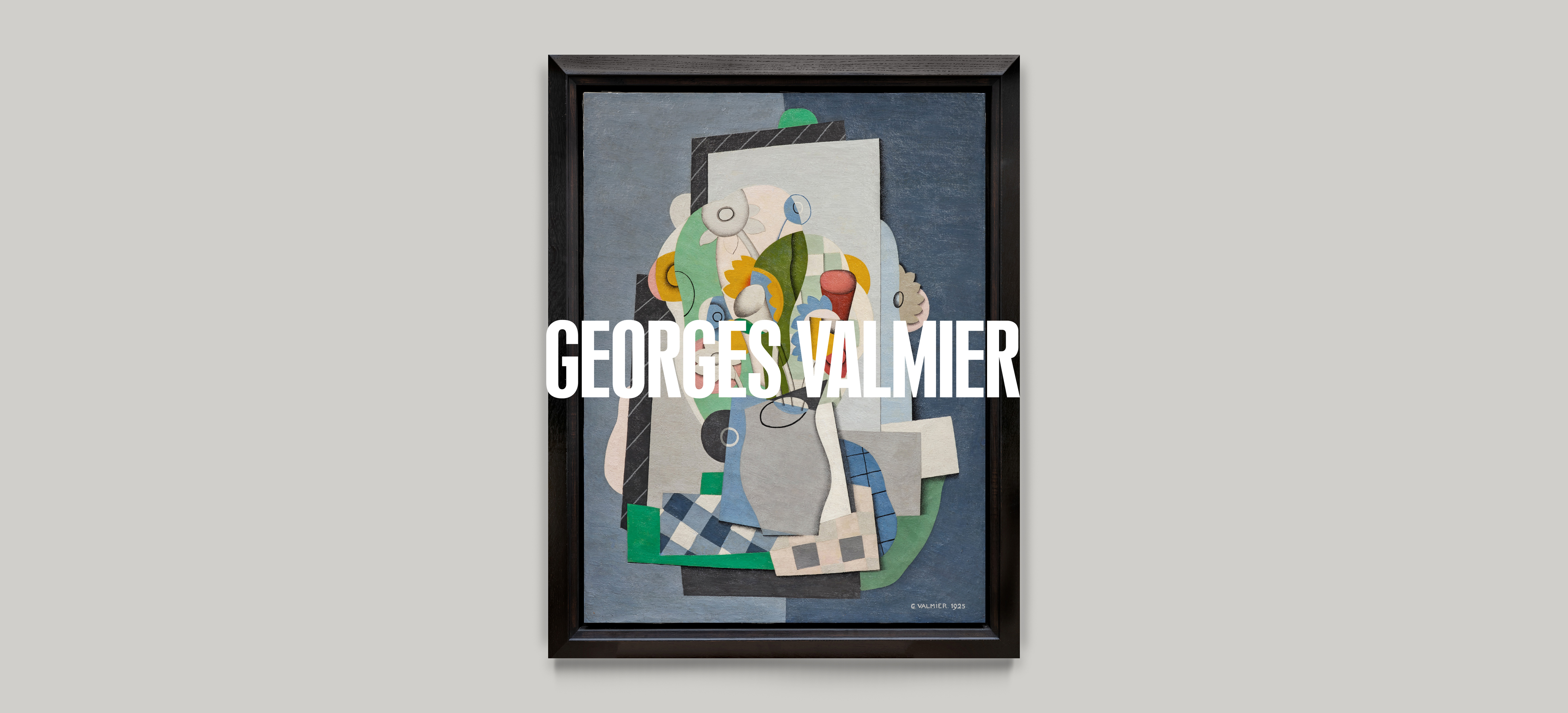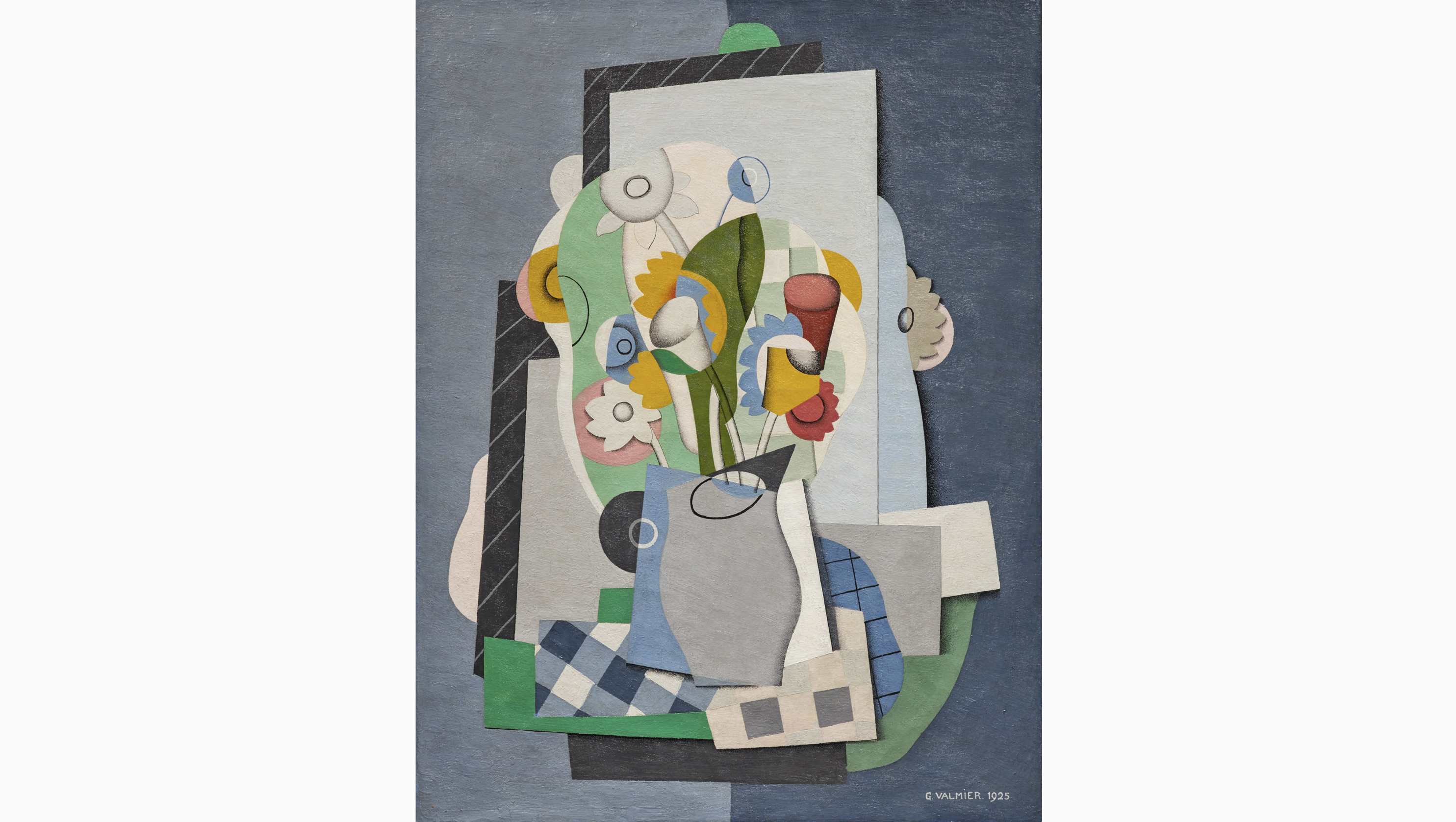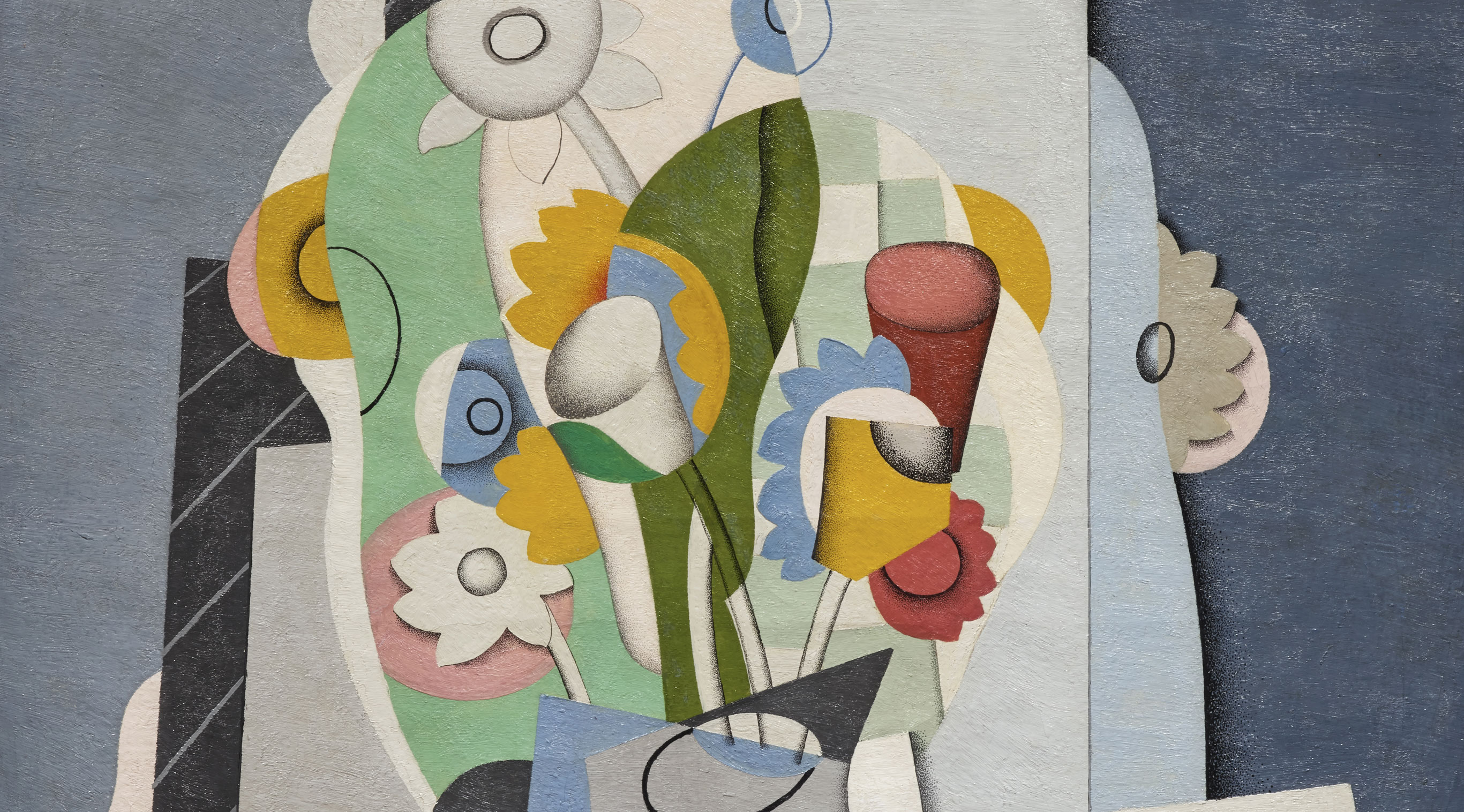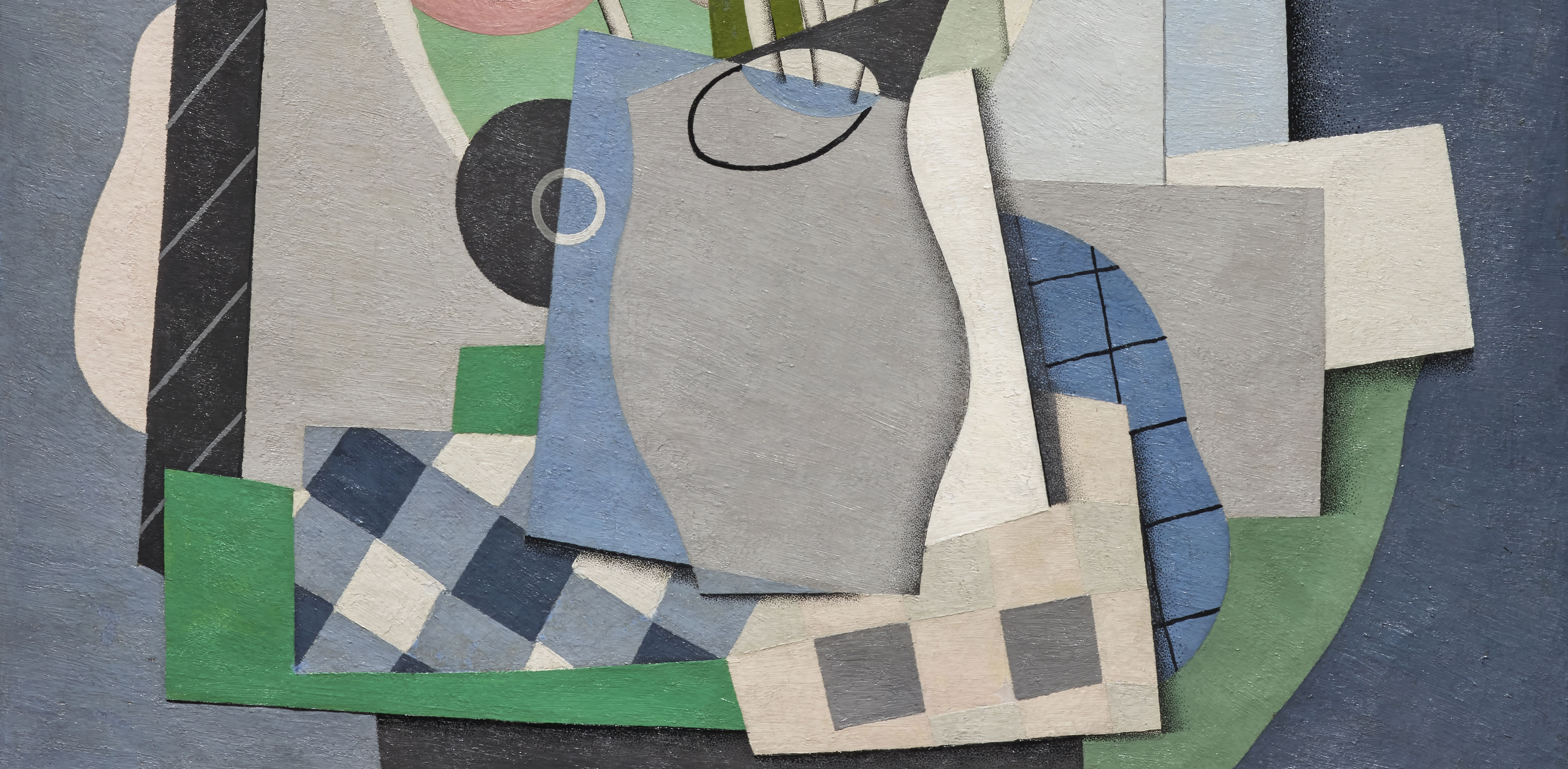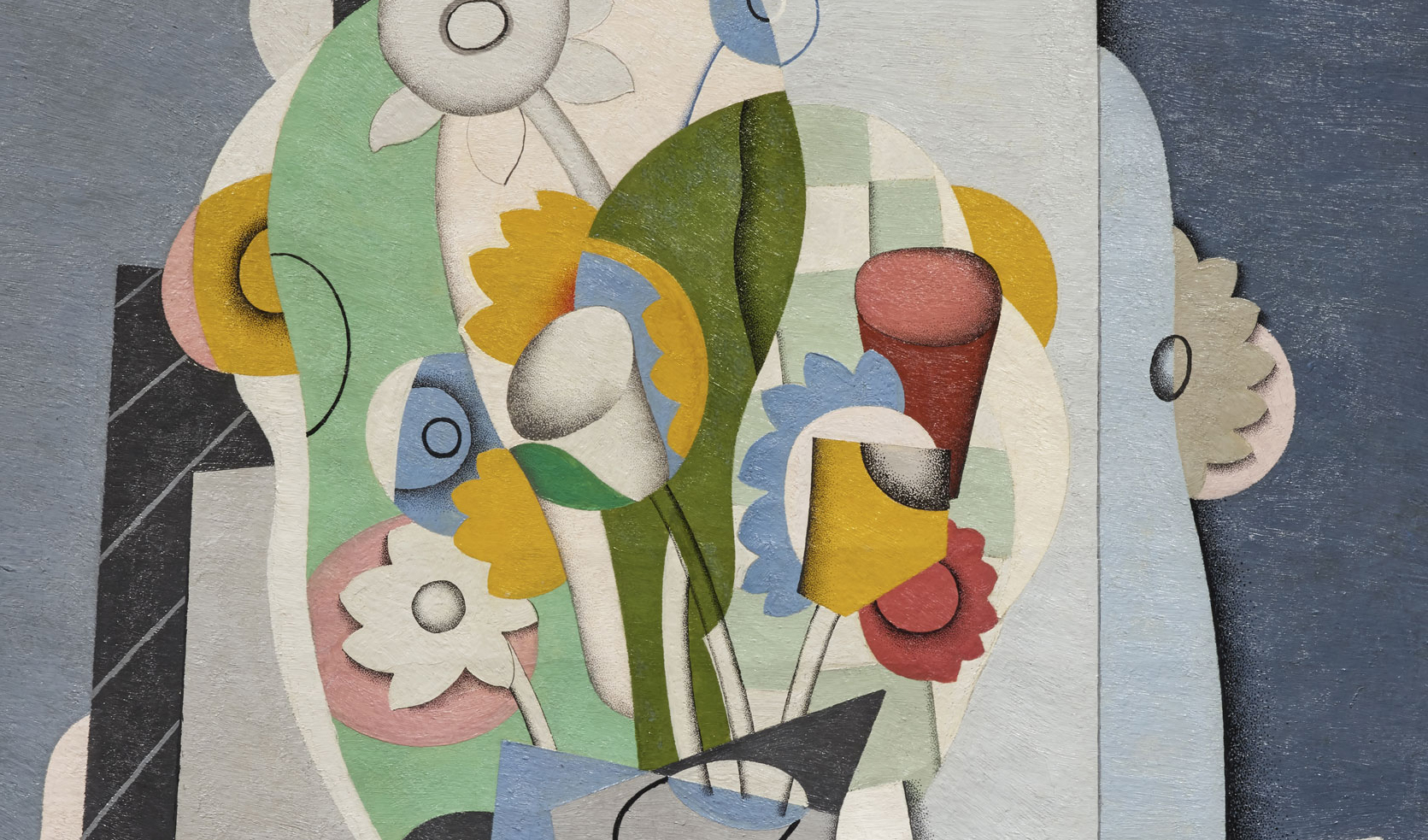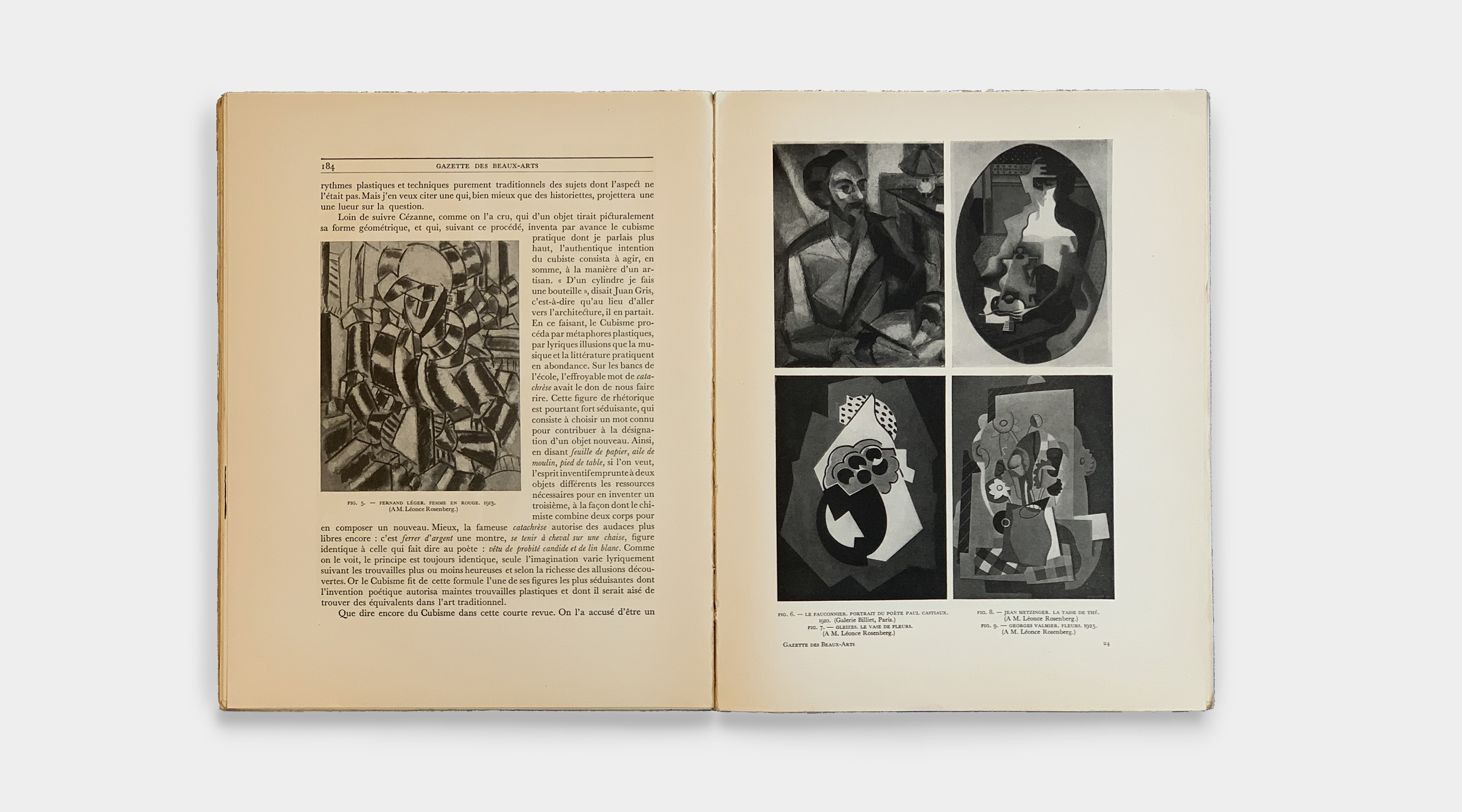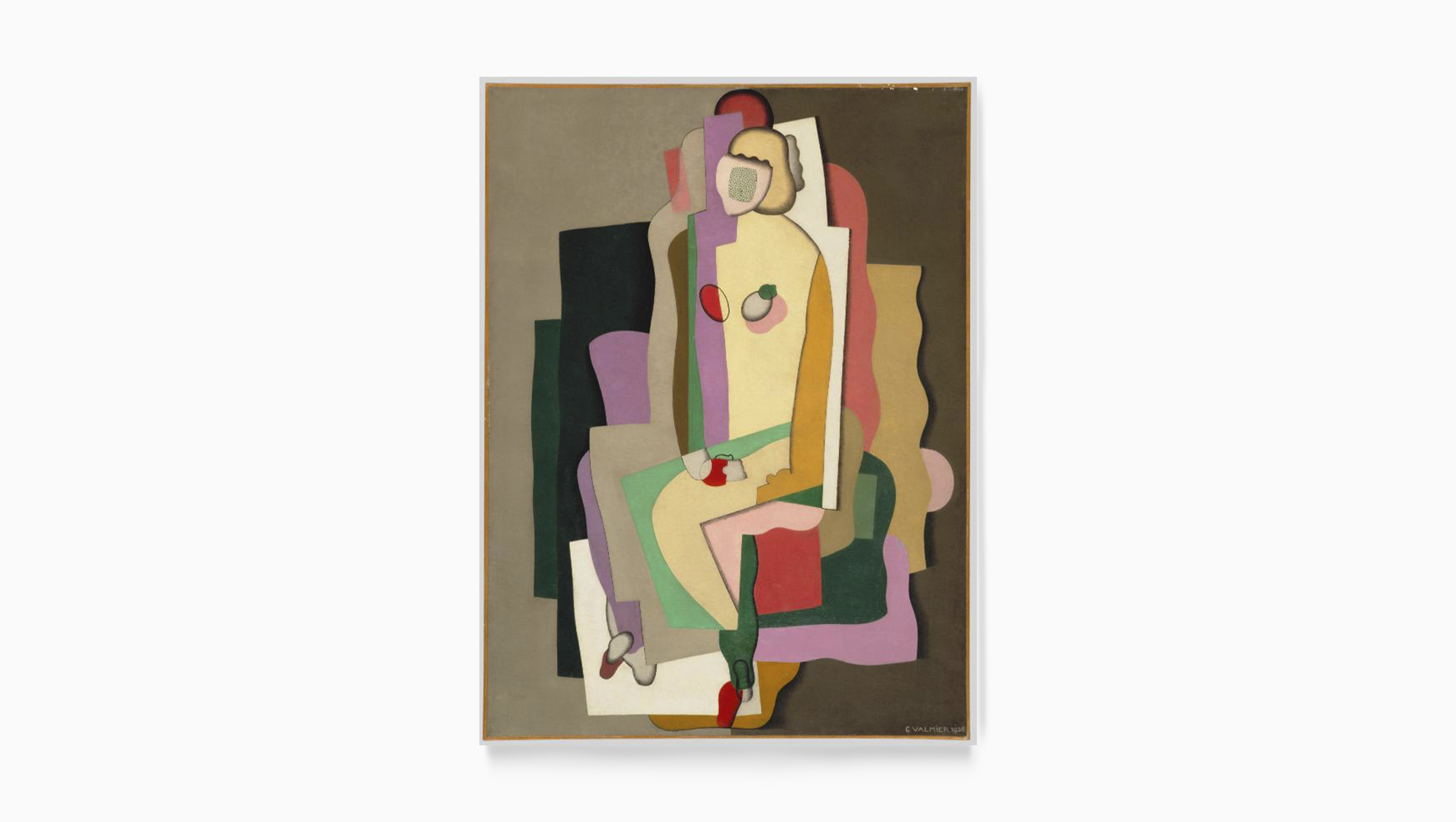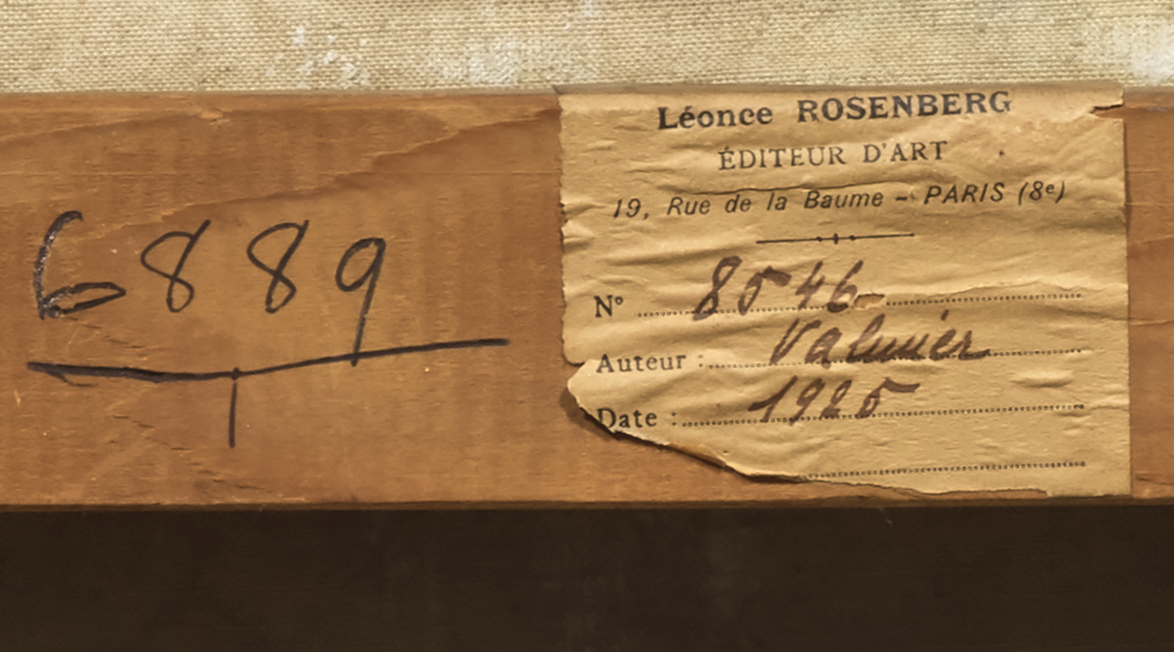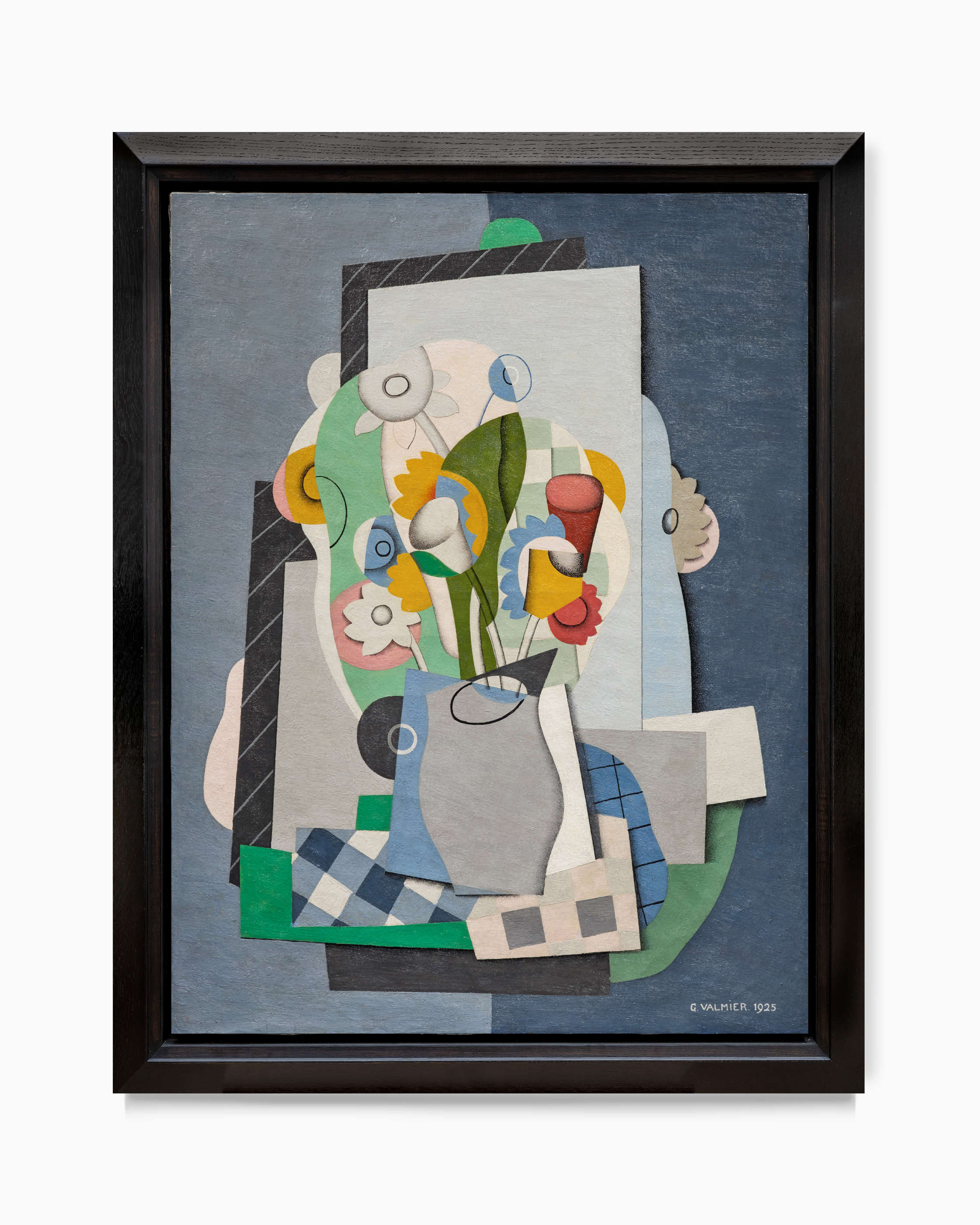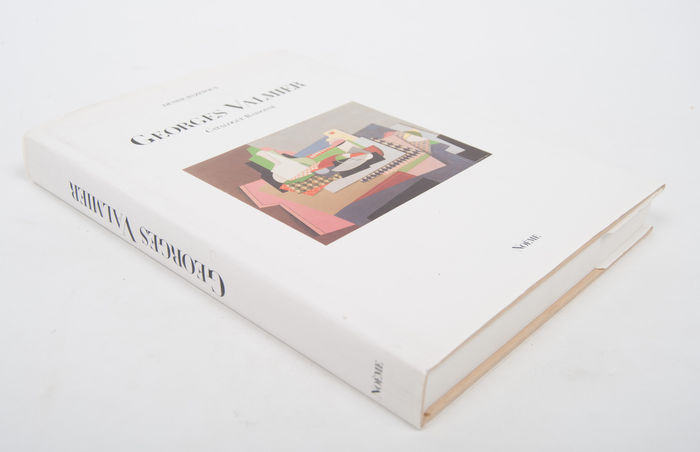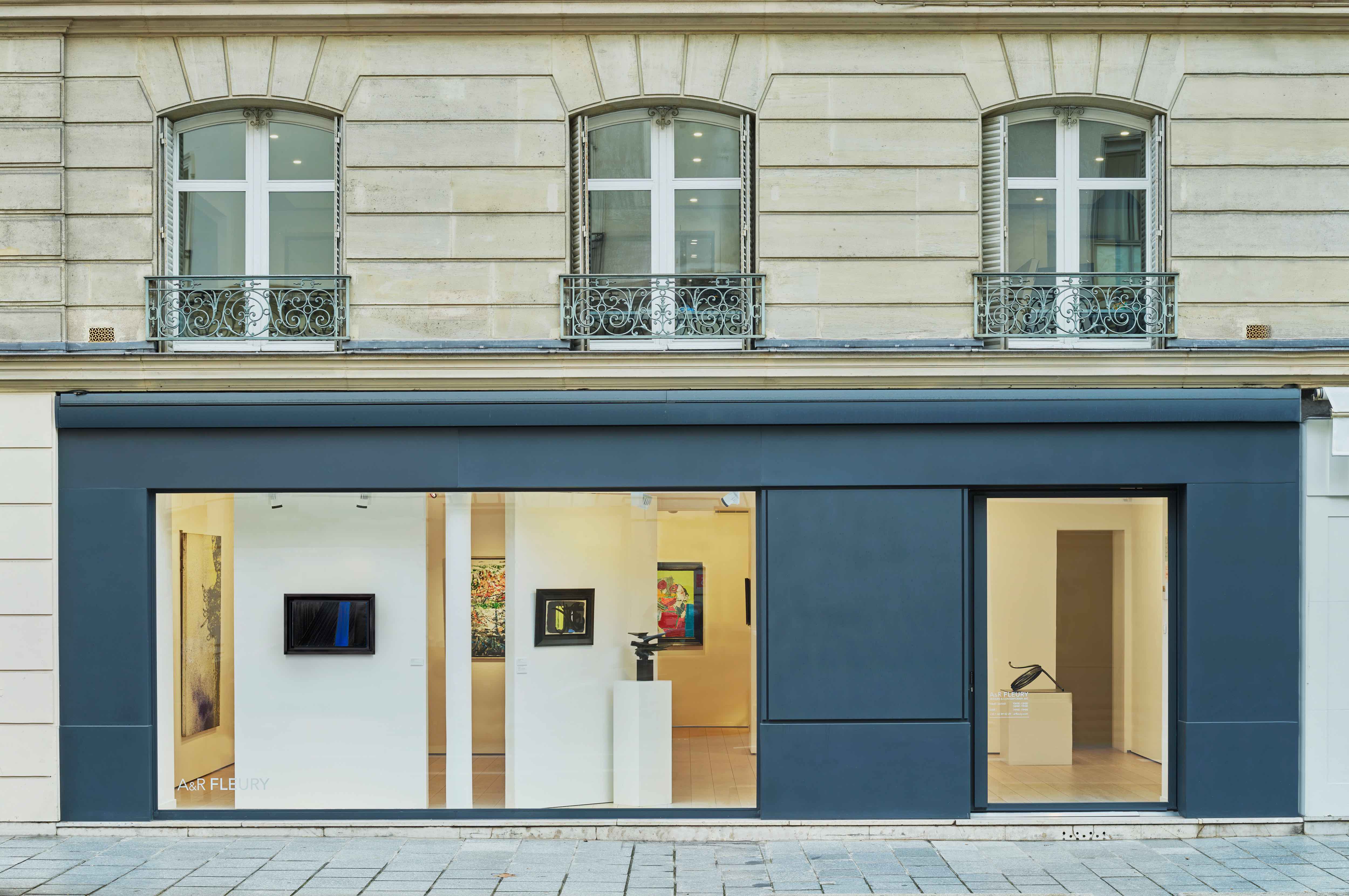Georges Valmier (1885-1937)
Vase de fleurs, 1925
Oil on canvas
Signed and dated G VALMIER 25, bottom right.
65 x 50 cm l 25 5/8 x 19 5/8 in.
Provenance:
Galerie de l’Effort Moderne, Léonce Rosenberg, Paris
Arthur Tooth and Sons, London
Sotheby’s London, 1962, n°51
Private collection, Paris
Literature:
Léonce Rosenberg, Bulletin de l’Effort Moderne, n°18, Paris, October 1925, reproduction.
René Huyghe, l’Amour de l’Art, 14th year, n°9, Paris, November 1933, reproduced p. 238.
Georges Wildenstein, La gazette des Beaux-Arts “Le Cubisme par Maurice Reynal”, March 1935, 865th delivery, 6th period, tome VIII, reproduced p.24.
Denise Bazetoux, Catalogue raisonné de Georges Valmier, Éditions Noème, Paris, 1993, n°477, reproduced p. 143.

